6 Homestead Mistakes to Avoid

Have you ever heard that a wise person will learn from their mistakes, but an even wiser one will learn from the mistakes of others? That is especially true when it comes to homesteading.
Homestead life is not always picture perfect, it comes with the grind, unpredictable weather, inevitable animal escapes, crop failures and broken equipment.
This is why I always recommend learning from other people’s homestead mistakes before you start homesteading yourself.
Here are some tips I have gathered from a few fellow homesteaders that I believe are important to remember in the beginning of your journey.
1. Keep your spaces flexible
From Anne: Until you really know what purpose you need every space to serve, it is very helpful to keep an open mind and a modular way of thinking about how you can best use the space to serve your actual needs.
I made a modular stall, which was pretty small, and I knew I would also need a kidding stall and a place to milk my goats. Later on, if I got bigger or different animals, I wanted to be able to easily pick this up and remove it or reconfigure it differently in the barn.
Whether it is a container or ingredient or piece of equipment, start buying and building with a multipurpose mindset. Whenever you are making or purchasing something, it is crucial to see how many different ways you can use that particular item or how many different ways or how long you anticipate having it in the future. If it is not worth it, consider holding out and getting something that does have multifunctionality.
2. Use what you have
From Anne: Do not wait until conditions are perfect to do whatever it is that you need to do. My grandpa always said, use what you have got to get what you need.
When the craft school that I'm building was hugely delayed, and I still needed to be able to use my tools and do woodwork without a space available, I decided to convert this into half animal barn, half wood shop. This is not ideal and requires a lot of flexibility, but this is what I can do right now.
Setting up a homestead is something that takes years, if not decades, so you have to embrace the in-between stages and not having it exactly how you want it.
3. Manage your home
From Carol: It is vital to make sure your household functions on a basic level before you add on things like animals or gardens or preserving.
Once you get your household systems running like clockwork, you will be able to be much more efficient in your homestead schedule. Moreover, it feels so good to come home at the end of the day, and the kitchen is clean, and the laundry is done.
You will still need to attend to the non-homesteading parts of your life, like kids, school, and appointments, but getting it organized well helps a lot.
4. Get information and learn
From Jess: Listening to other people’s experience can save you the trouble of bumbling through it yourself. Just because you are living in an apartment or doing an office job right now does not mean you cannot learn about homesteading already.
If you understand soil management, rotational grazing and regenerative agriculture, when you get your property and get to start, you are starting in such a better place.
A new homesteader who does have access to land or livestock has the potential to make very expensive mistakes that the same beginner with a similar kind of starting point does not. Time and money are limited resources, so make sure to start wisely.
I learned about keeping chickens and quail by volunteering at a friend's backyard homestead. Instead of just waiting, use your time to learn skills with others, through books, through videos, through volunteering, and start applying it in small steps.
5. Start small and stay small
From Jill: Small-scale farming rocks. On our last farm, we had one acre, and we had all the infrastructure. The new farm is 4.3 acres, we got more sheep, more pigs, more goats, all the animals required different accommodations, and we did not quite have all the things in place that we thought we did.
Instead, we should have been happy with the amount that is enough for our family. Now we need so much food for all our animals that we have to buy more freezers and we do not even have enough room.
Just like clutter creep, homestead creep is real, too. With the right systems in place, you can have enough with just a small homestead. Small farms are production powerhouses.
You can just put a period at the end of that sentence and just be satisfied with a smaller scale operation. The true satisfaction is not about the quantity, and you truly do not need a large scale operation to be happy.
6. Be ready to spend money, not save money
From Jill: It may seem that by not buying milk or eggs at the store and growing your own food, you will save money. In reality, however, homesteading actually costs money.
Do not let this discourage you: remember that you are also getting quality of life, experiences for your kids, skills that you are learning, and a much, much higher quality food product. There is truly a trade-off, so be cautious about your financial expectations.
While, over the long-term, homesteading can save you money, the initial investment cannot be overlooked. Even before you start your homestead, be very mindful of the costs, create a budget, and develop the thrifting skills that will allow you to save money.
Make sure to start slow and evaluate each big decision carefully so that you are not stretched out financially, emotionally, or time-wise.
Homestead mistakes
I hope that these tips have helped you see more clearly what homesteading is like, and helped you to decide on your first steps.
If you are an experienced homesteader, what mistake would you like to have avoided when you were only starting out? If you are just beginning, what are some things you are scared of? Share in the comments!
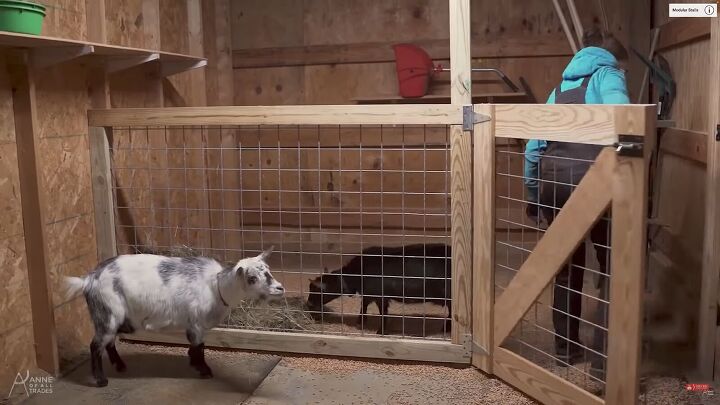









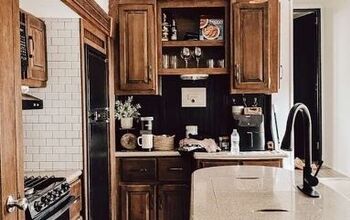
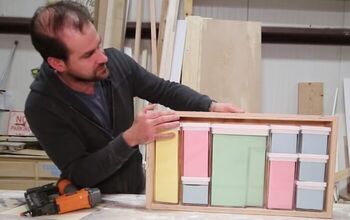








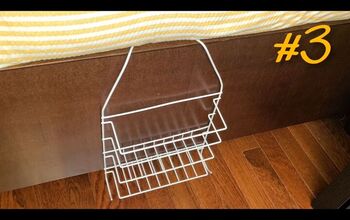


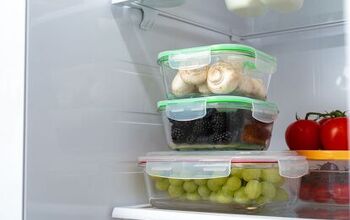
Comments
Join the conversation